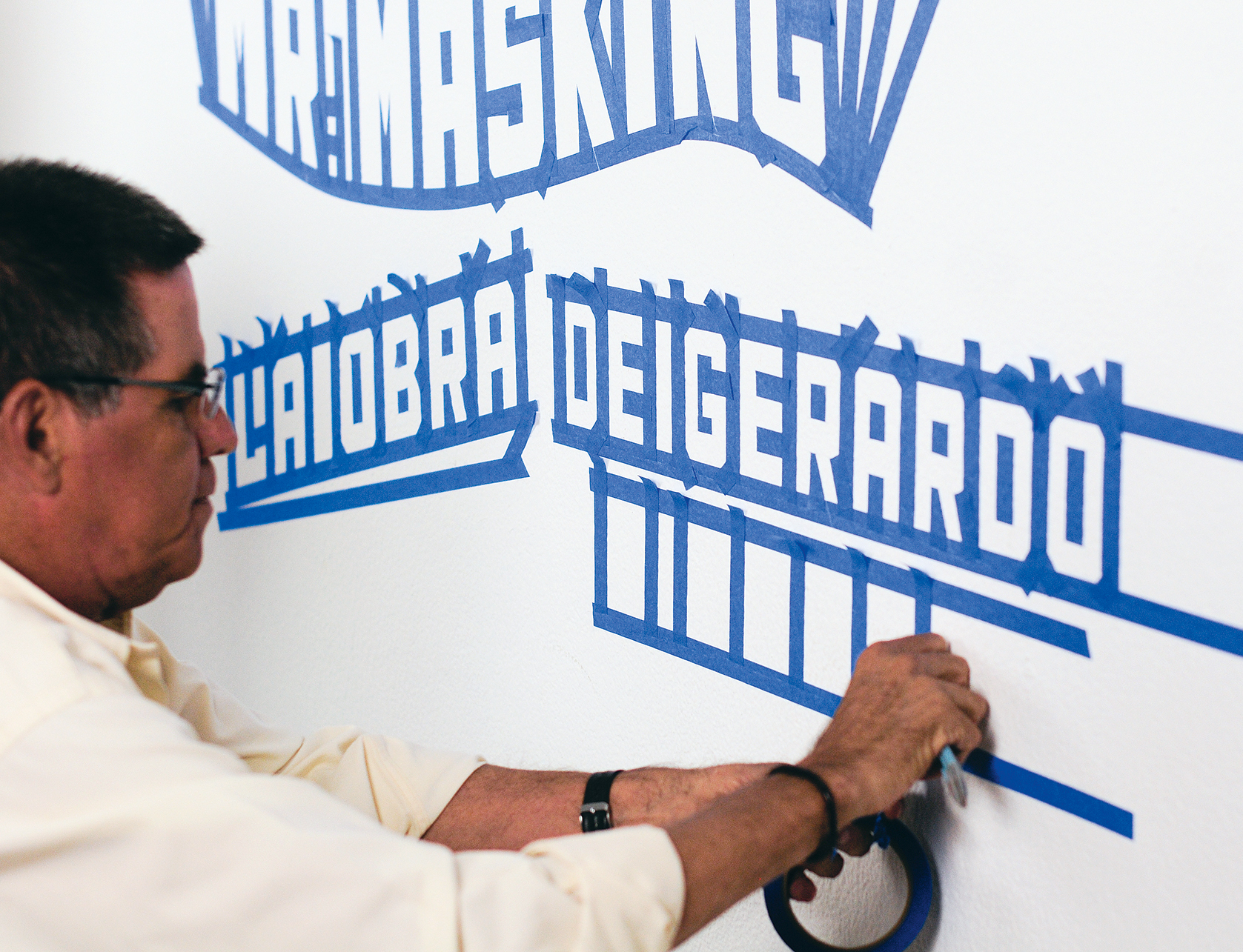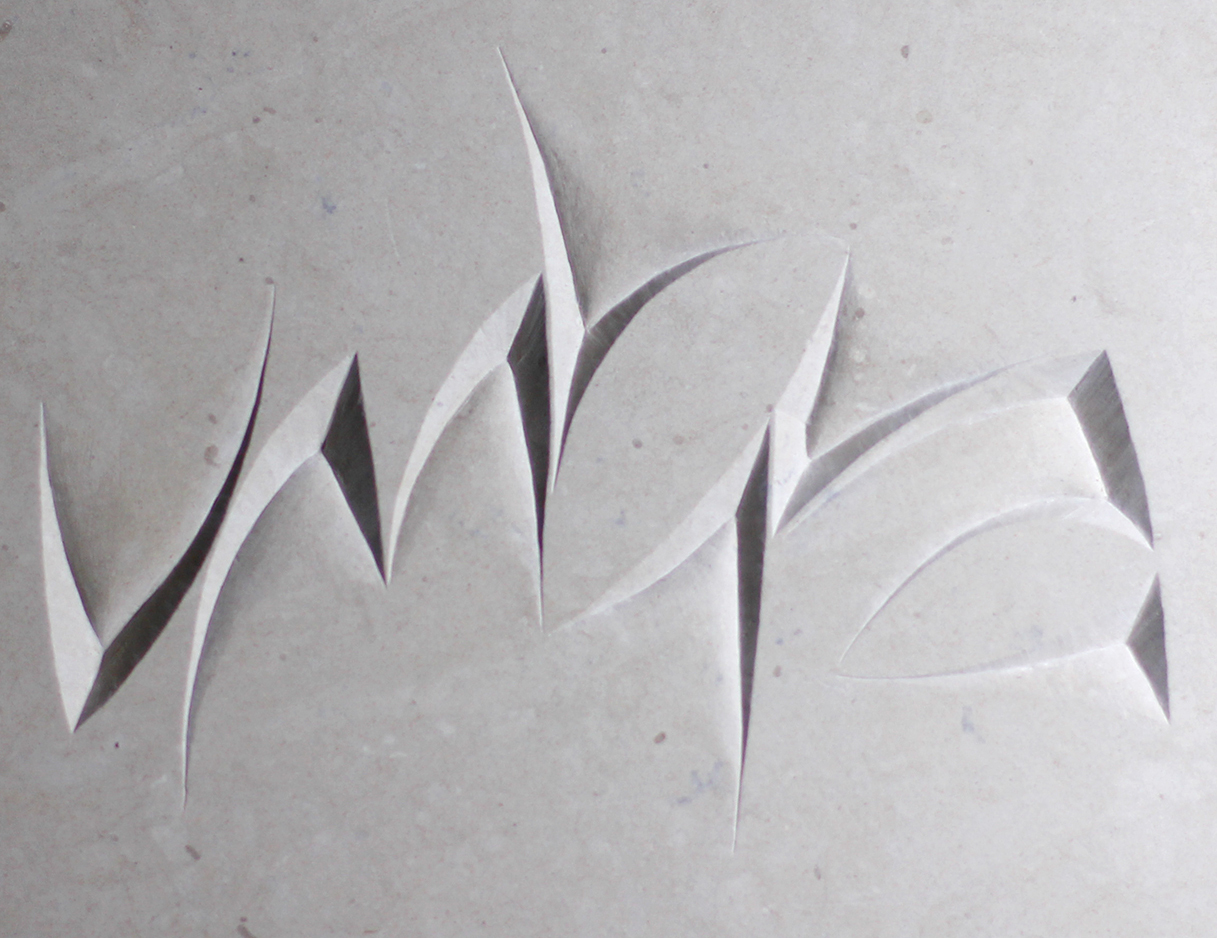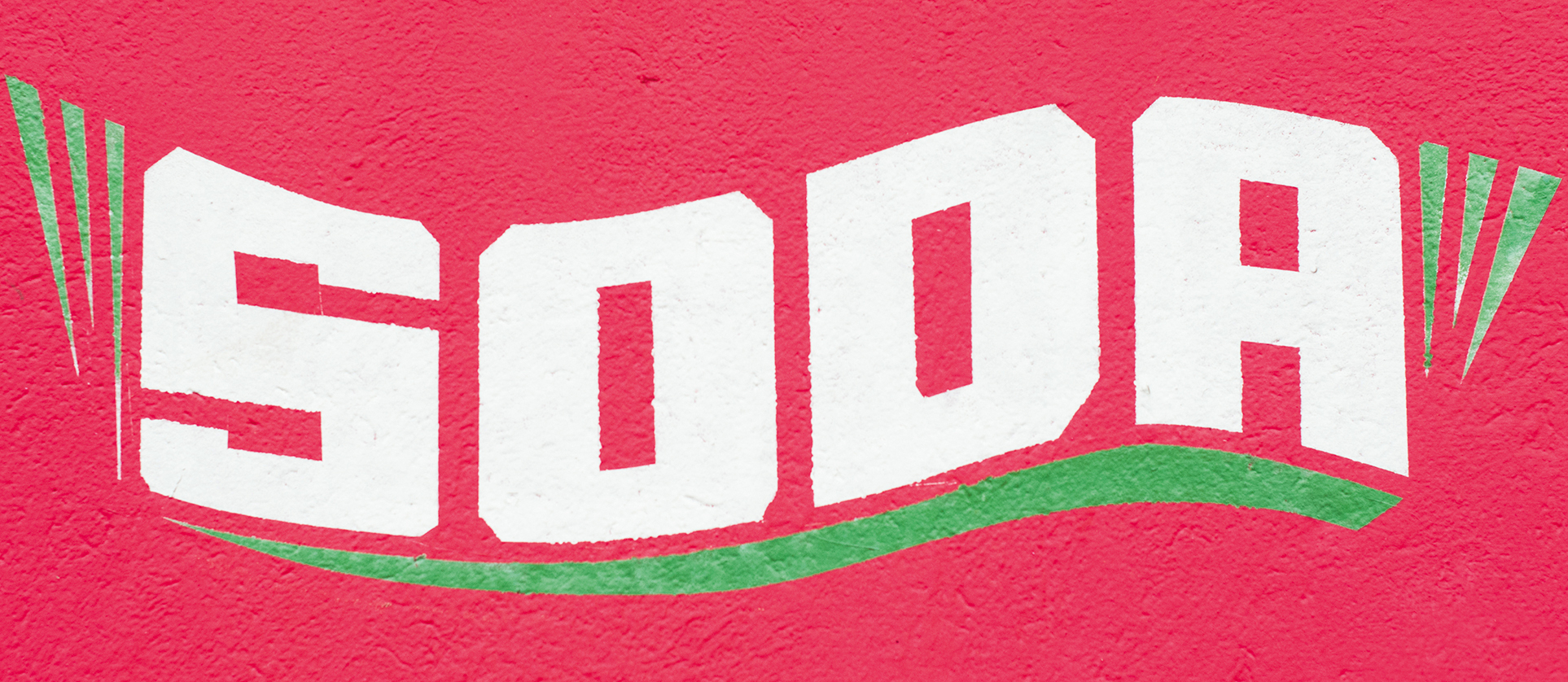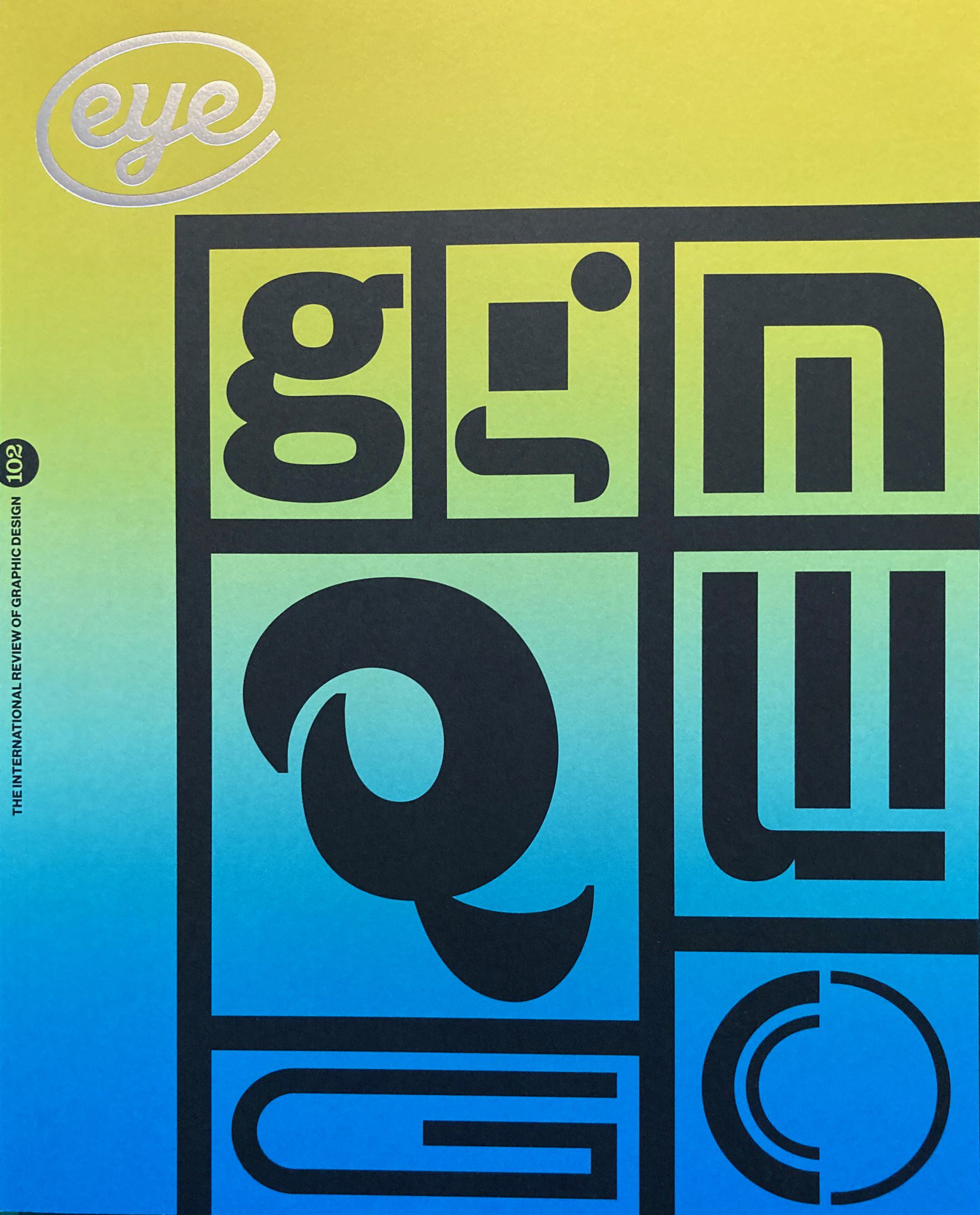Autumn 2021
Typographics 21: Session 8
24 June 2021. Genaro Ramírez, host.
Giulia Fagundes, Estúdio Daó
‘What about design, is it political?’Alicia Márquez
‘Lápiz. Bézier. Cincel. — Pencil. Bezier. Chisel’Alfredo Enciso, Pupila
‘Mr Masking’In this South American session, Giulia Fagundes, a 23-year-old Brazilian designer from Estúdio Daó in São Paulo and a director of DNBR (Designers Negres no Brasil) …

In this South American session, Giulia Fagundes, a 23-year-old Brazilian designer from Estúdio Daó in São Paulo and a director of DNBR (Designers Negres no Brasil) focused on the importance of increasing diversity in design. For her, design is also political, so she prefers working on projects that can make a difference in society, using typography as a tool. In 2019, she worked on the identity and lettering for Skindeep, a short film about race-based trauma.
App for the short film Skindeep. Identity design by Giulia Fagundes (Brazil). Top. Mr Masking (Costa Rica) prepping his sign painting with tape, as documented by designer Alfredo Enciso.

Next came Alicia Márquez, an Argentinian designer and letter-carver based in Chicago. Throughout her life, Márquez has lived in different cities. That readiness to move and change has had an effect on her professional life: she started working as a graphic designer, then specialised in calligraphy and typography, then discovered letter-carving, showing many examples from her own work and that of her peers.
Márquez is now working on motion graphics that reflect her letter-carving methods. Her sense of movement is reflected in her design process, in which she explores through lines, sketches, texture and contrast. She also works with different surfaces such as paper and stones. ‘I go back from the stone to the pencil to the chisel to the brush to the vector as needed.’
Umbra by Alicia Márquez, Thala base, 8 × 8 inches, 2018. ‘When I started carving,’ writes Márquez, ‘I wanted to find a way to carve monoline lettering. Umbra is a piece I created during a John Neilson workshop in Wales.’

The final presenter was Alfredo Enciso, originally from Peru, now based in San José, Costa Rica. After a short video about his studio, Pupila, Enciso presented the vernacular signs of the late Gerardo Picado Salas (1949-2020), also known as Mr Masking. Mr Masking made his living by creating hand-painted signs for small stores in San José, using masking tape and paint in a distinctive, capitalised style that caught Enciso’s attention. Around 2012, Enciso, recognising the typographic structure that underpinned these hand-made signs, asked Mr Masking for permission to follow him around and document his work. Mr Masking would go downtown every morning to find new clients and stores which needed a sign, so his designs were all around the city.
The work of Mr Masking on the streets of San José. Photo by Alfredo Enciso.

In 2013 Mr Masking exhibited his work at San José’s Museum of Contemporary Art and Design, and his life changed completely. A book of his work was published; he designed the identity for the International Design Festival of Costa Rica; and he started working for large companies – even doing lettering for the government. ‘It was his moment,’ said Enciso. Sadly, Mr Masking died in January 2020.
Enciso is currently working on digitising Mr Masking’s work, which has had a powerful impact on the design culture of Costa Rica. His hand-made signs are now in the permanent collection of the national museum.
Montserrat Miranda Ayejes, writer, Buenos Aires and New York
First published in Eye no. 102 vol. 26, 2021
Eye is the world’s most beautiful and collectable graphic design journal, published for professional designers, students and anyone interested in critical, informed writing about graphic design and visual culture. It is available from all good design bookshops and online at the Eye shop, where you can buy subscriptions and single issues.

